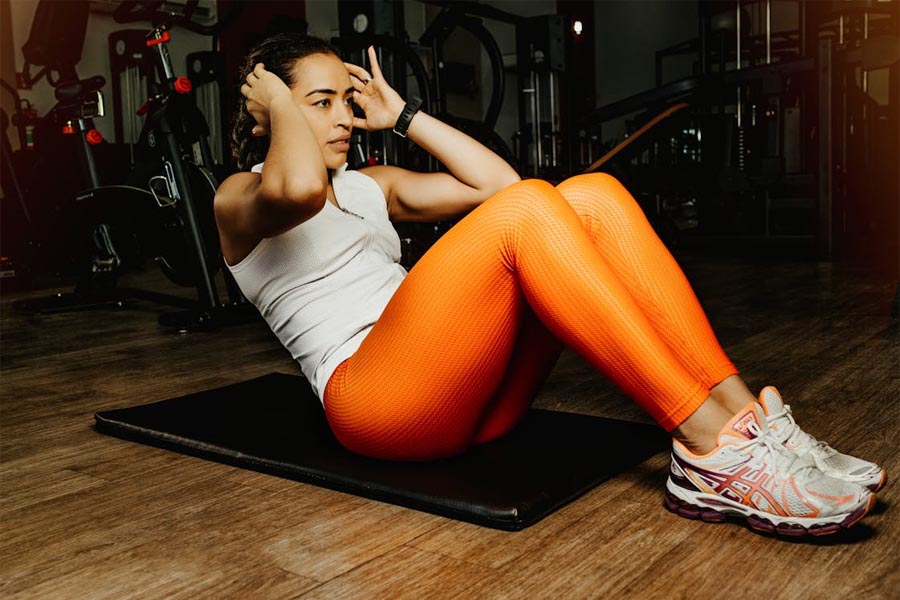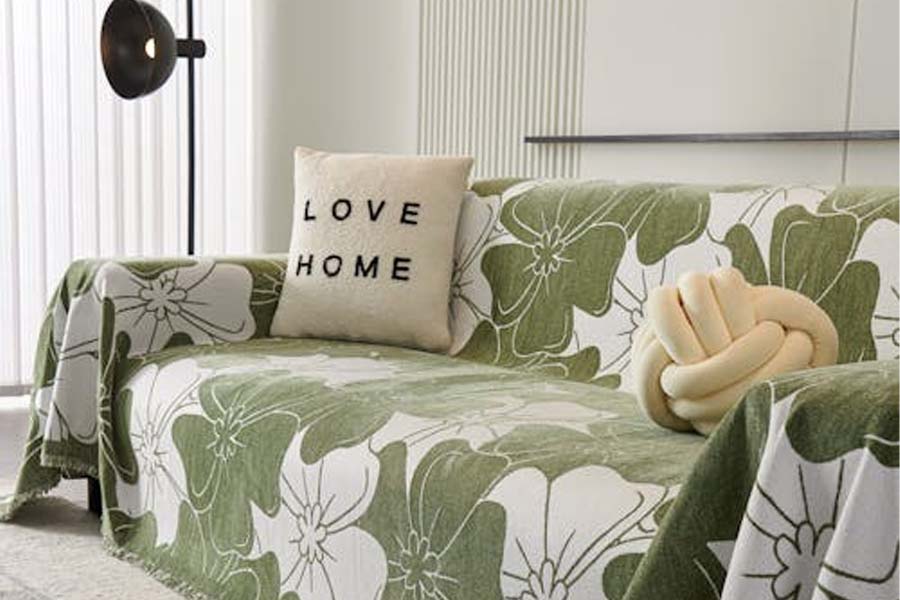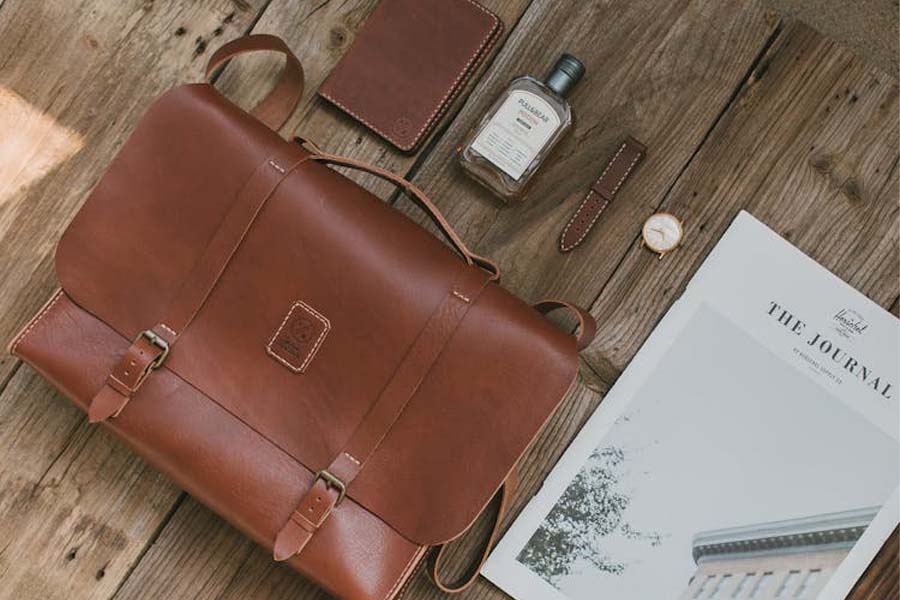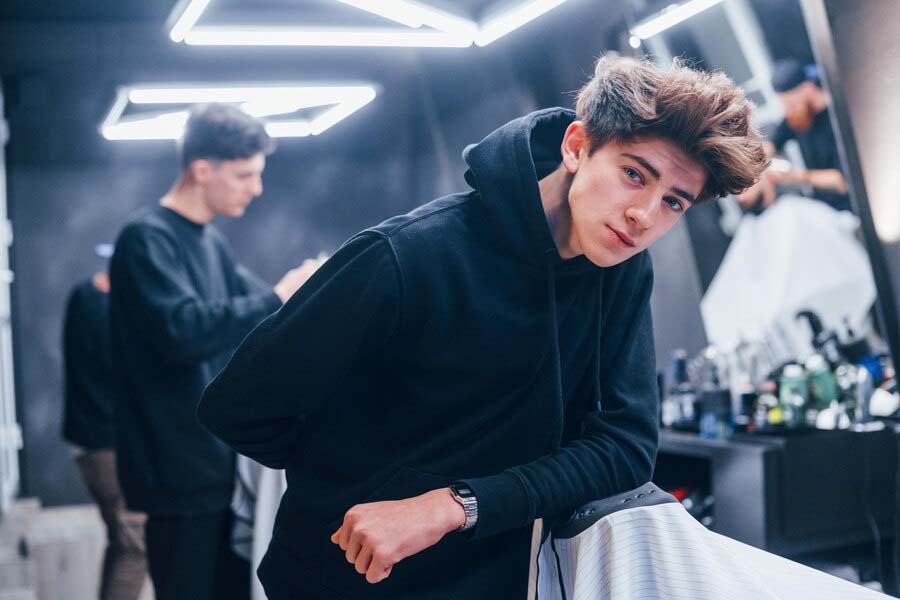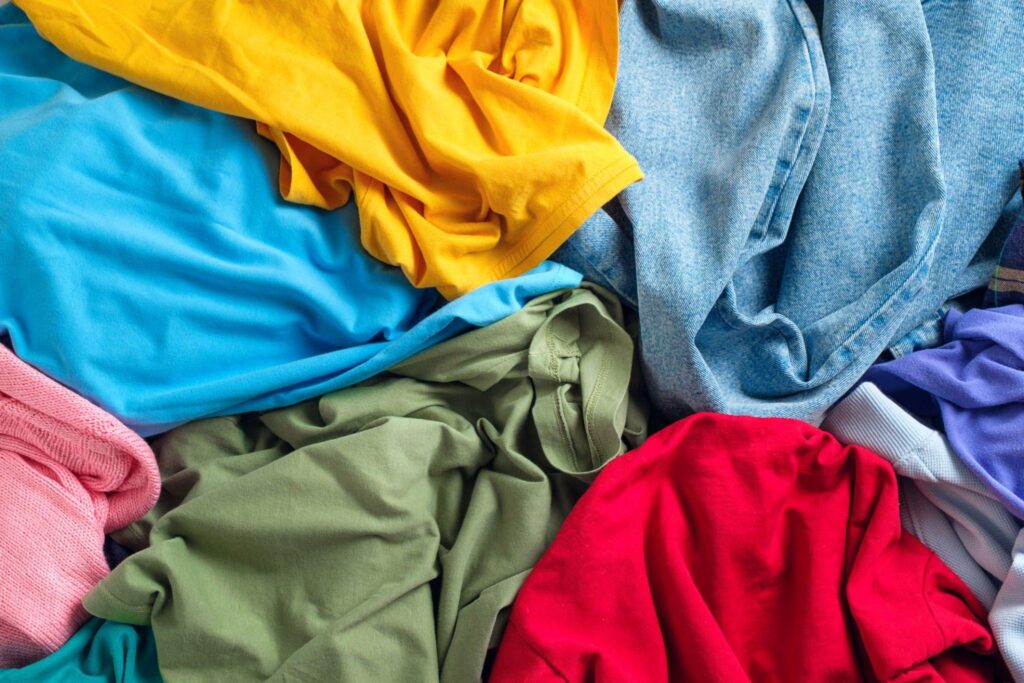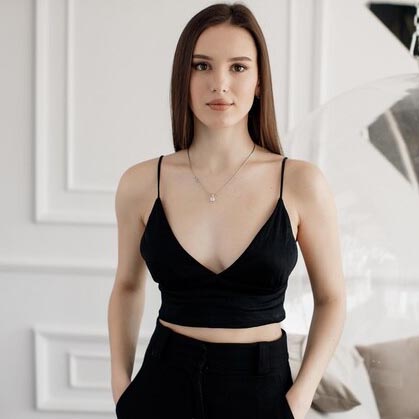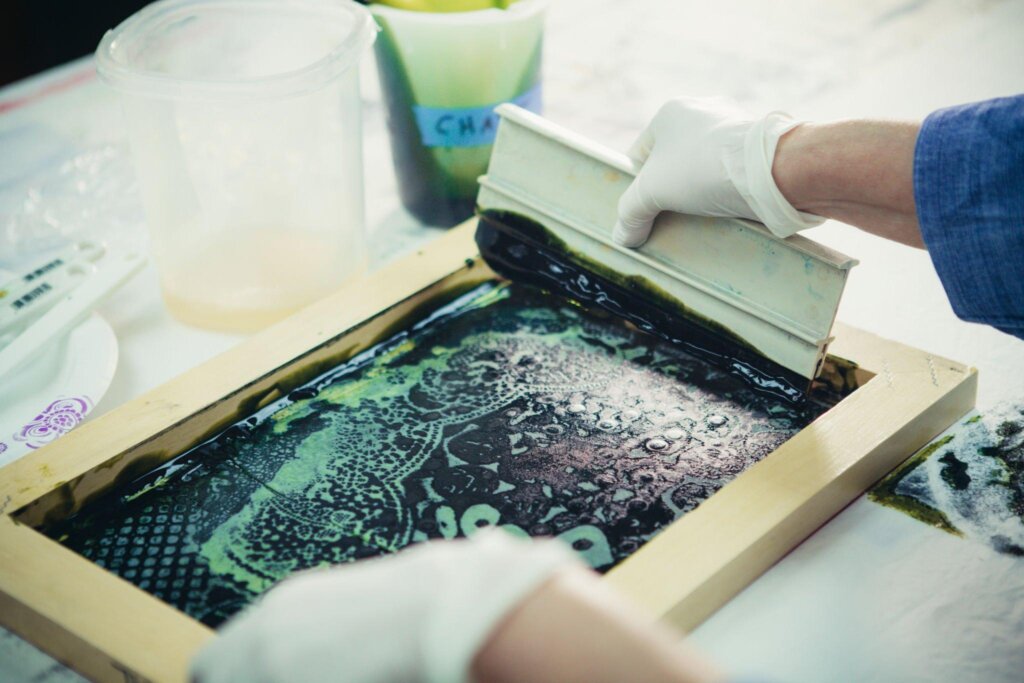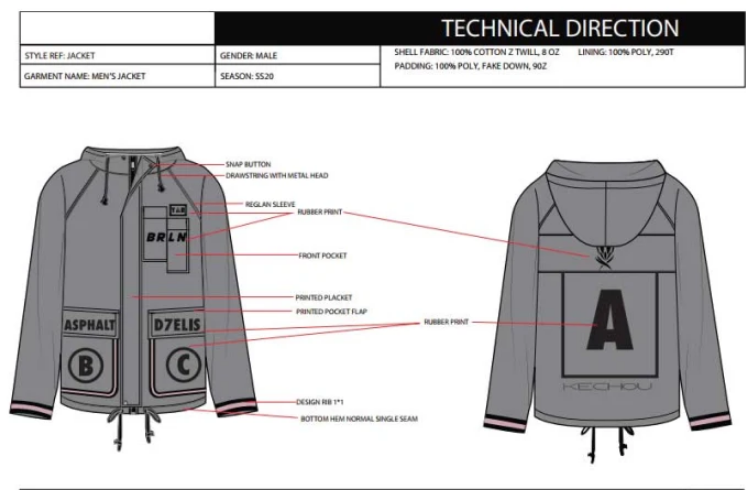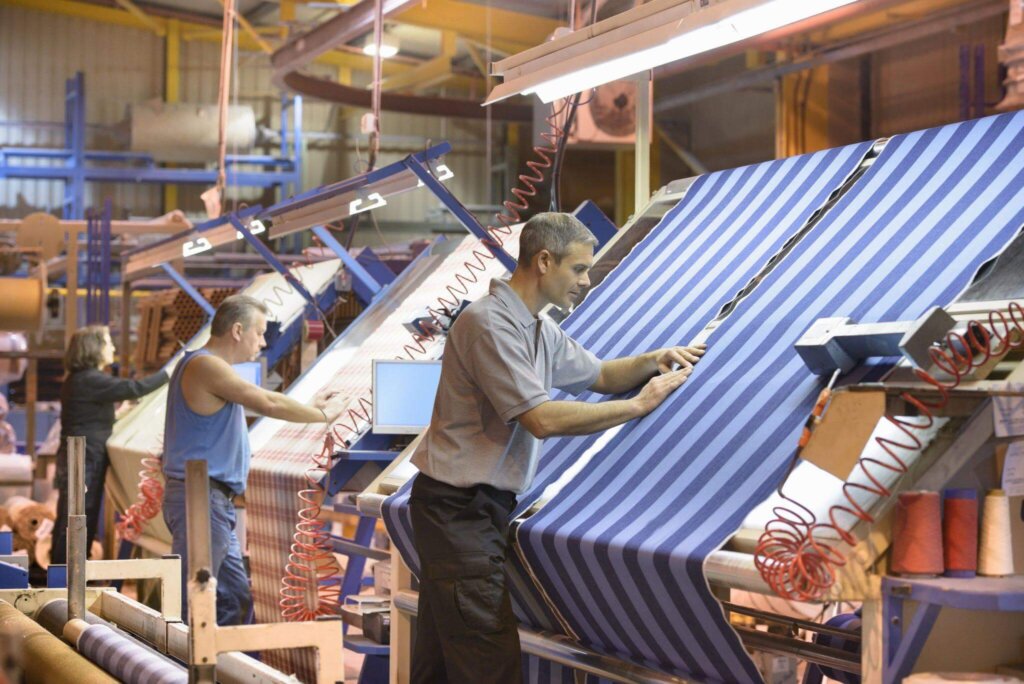Color constitutes the primary visual communication tool in apparel design, influencing consumer perception at neurological levels. Research indicates color accounts for 62% of purchase decisions within the first 90 seconds of product engagement. This technical guide examines color application through industrial frameworks, providing designers with measurable methodologies for strategic palette development.
Optical Science of Color Perception

Color interpretation involves complex physiological processes:
- Wavelength Processing: Visible spectrum (380-700nm) detection by retinal cones
- Neural Encoding: Opponent-process theory (L-M, S-(L+M) channels
- Cognitive Association: Amygdala-mediated emotional responses
Brand recognition studies show consistent color application increases identification by 80%. Ludyway’s private label clothing programs implement Pantone-driven color systems achieving 0.5 ΔE batch consistency.
Industrial Color Wheel Applications

| Category | Technical Definition | Production Implementation |
|---|---|---|
| Primary Colors | CIE xyY: Red (0.640, 0.330), Blue (0.150, 0.060), Yellow (0.419, 0.505) | Base for sublimation printing color gamut |
| Secondary Colors | Additive mixtures at 50% intensity | Overprint techniques in screen production |
| Tertiary Colors | Primary + Secondary at 2:1 ratio | Specialty dye formulations |
Modern manufacturing utilizes digital color wheels with LAB values for precise reproduction across fabric substrates.
Psychological Color Impact Framework
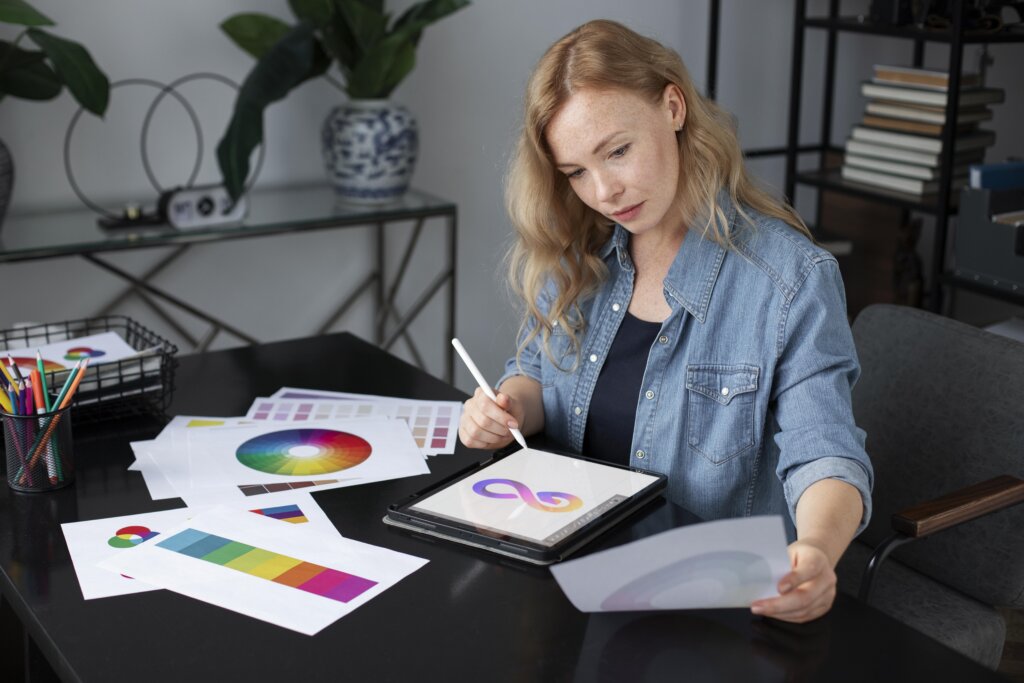
Color elicits measurable psychological responses:
| Hue | Emotional Response | Physiological Impact | Apparel Application |
|---|---|---|---|
| Red (620-750nm) | Excitement (78% association) | +15% pulse elevation | Performance activewear |
| Blue (450-495nm) | Trust (67% association) | -8% cortisol levels | Corporate uniforms |
| Yellow (570-590nm) | Optimism (72% association) | +12% serotonin production | Youth collections |
Ludyway’s design team employs neuroaesthetic principles when developing custom cut and sew collections for target demographics.
Advanced Color Harmony Systems

Industrial palette development utilizes measurable frameworks:
Analogous System
- Technical Definition: 30° separation on CIELAB wheel
- Spectral Range: 25nm wavelength variance
- Application: Capsule collections requiring visual cohesion
Complementary Framework
- Technical Definition: 180° opposition on Munsell wheel
- Contrast Ratio: Minimum 7:1 luminance difference
- Application: High-impact sportswear designs
Triadic Configuration
- Technical Definition: Equilateral 120° separation
- Balance Metric: 60-30-10 distribution ratio
- Application: Youth and streetwear collections
Tonal Gradation
- Technical Definition: Single hue at varying chroma (C*)
- Production: Requires dip-dye or ombré techniques
- Application: Luxury eveningwear
Monochromatic Engineering
- Technical Definition: L* value variance only
- Lightness Range: 20-80 L* (CIELAB)
- Application: Premium uniform manufacturing
Brand Identity Color Systems

Effective brand color implementation requires:
- Pantone Matching: Digital LIB standards with ΔE≤1.0 tolerance
- Cross-Media Consistency: CMYK, RGB, HEX conversions
- Substrate Adaptation: Compensation for fabric absorbance
Ludyway’s technical team implements spectrophotometric controls ensuring ≤0.8 ΔE variance across production runs.
Designer Color Application Protocol

Professional color development follows this workflow:
- Market Analysis: Competitor color mapping (NCS indexing)
- Palette Development: Mood board creation with LAB values
- Technical Translation: Dye formulation for target substrates
- Prototype Validation: Spectrophotometer measurement (D65 light)
- Production Implementation: Batch consistency controls
Digital Color Management
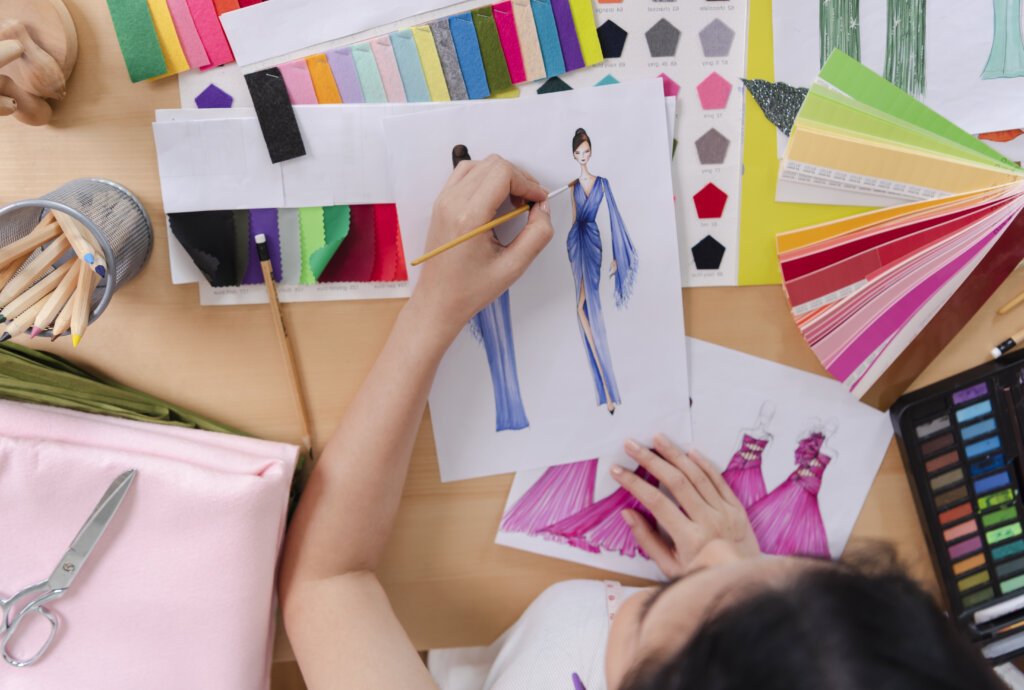
Advanced tools enhance precision:
- 3D Rendering: CLO Virtual Fashion simulations
- Color Matching: X-Rite Color iMatch technology
- Production Integration: Pantone Live workflow systems
Digital management reduces sampling cycles by 40% while maintaining ≤1.5 ΔE accuracy for screen printing applications.
Conclusion
Strategic color implementation requires systematic application of optical science, psychological principles, and technical reproduction methods. By implementing measurable frameworks—from CIELAB specifications to ΔE tolerance protocols—designers transform subjective color choices into commercially effective palettes. Ludyway’s vertically integrated manufacturing ensures precise color execution across all production stages, translating chromatic theory into market-ready collections with consistent brand integrity.


